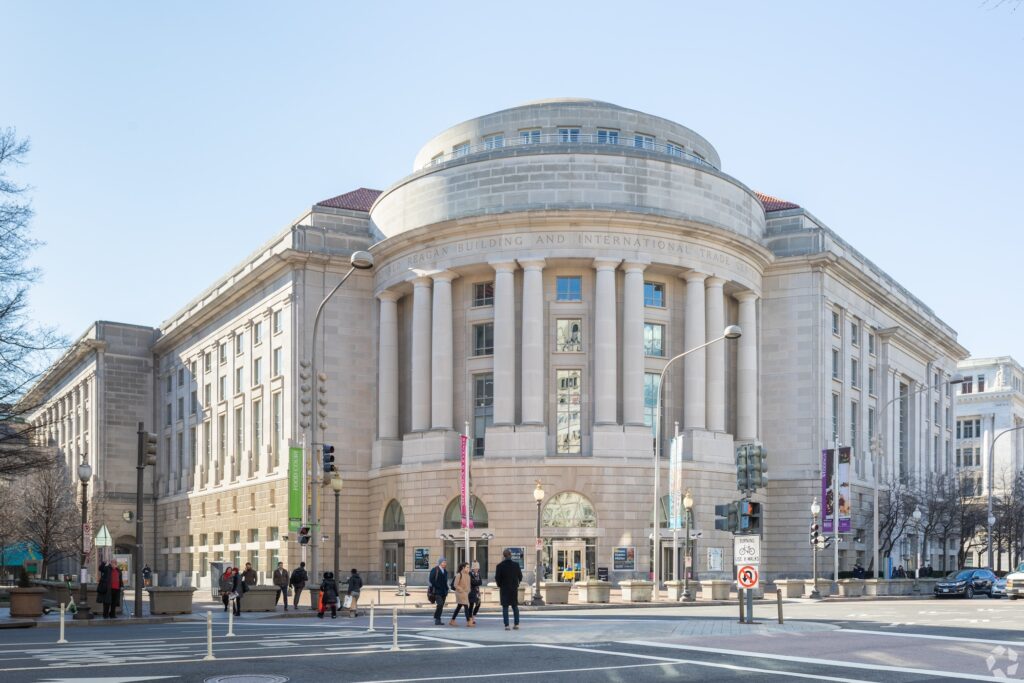
Heightened Uncertainties with the Federal Government Climate
Federal contractors today operate in a climate of heightened uncertainty, marked by rapid shifts in political, economic, and administrative priorities. These uncertainties introduce significant risks that can impact project timelines, financial forecasting, workforce stability, and organizational strategy. Understanding the multifaceted nature of these uncertainties is critical for contractors striving to maintain performance standards and sustain profitability in a volatile environment.
One of the most prominent sources of uncertainty stems from administrative transitions and shifting political priorities. With each new presidential administration comes a reevaluation of federal spending, regulatory enforcement, and programmatic goals (Johnson & Lee, 2019). For contractors, this means that projects aligned with a previous administration’s agenda may face reductions, delays, or termination under a new leadership. For example, contractors involved in environmental initiatives or renewable energy projects saw significant changes in funding and policy enforcement following recent transitions between Democratic and Republican administrations. These shifts can upend long-term planning and create a reactive business environment where strategic agility becomes more important than operational consistency.
Equally destabilizing are federal budgetary constraints and fiscal policy deadlocks. Recurrent threats of government shutdowns, debt ceiling impasses, and reliance on Continuing Resolutions (CRs) hinder the government’s ability to make timely and predictable funding decisions (Roberts, 2019). During these fiscal stand-offs, new contract awards may be paused, payments delayed, and existing work scaled back. Contractors are often left in limbo, unable to secure the necessary resources or talent to meet deliverables due to ambiguous funding timelines. The downstream impact is particularly severe for small and mid-sized businesses that lack the cash reserves to weather prolonged periods of budgetary uncertainty.
Another pervasive challenge is the frequent and sometimes unpredictable evolution of federal procurement regulations. As policymakers and oversight bodies react to issues such as cybersecurity threats, supply chain vulnerabilities, and labor practices, new rules are introduced that may necessitate substantial internal compliance overhauls (Anderson, 2016). Contractors must remain vigilant in tracking updates to the Federal Acquisition Regulation (FAR), Defense Federal Acquisition Regulation Supplement (DFARS), and other agency-specific requirements. For firms without specialized legal and compliance personnel, staying ahead of regulatory expectations can be both time-consuming and cost-intensive, often requiring external counsel or technology investments.
Geopolitical disruptions and global crises also play a growing role in exacerbating uncertainties. The COVID-19 pandemic revealed the fragility of global supply chains and the risks of over-reliance on foreign manufacturing for mission-critical components. Ongoing tensions with nations such as China and Russia continue to influence procurement decisions, especially in defense and technology sectors (Chen, 2018). Federal agencies are increasingly prioritizing “Buy American” provisions, cybersecurity standards like CMMC, and supply chain resiliency metrics in their contracts, all of which place added demands on contractors to rapidly adjust sourcing strategies and technology architectures.
Adding further complexity is the accelerating pace of technological disruption, which forces both government agencies and their contractors to continually update infrastructure and skillsets. Emerging technologies such as artificial intelligence, machine learning, blockchain, and quantum computing are reshaping the requirements of federal contracts (Garcia & Thompson, 2021). However, the regulatory and ethical frameworks governing these technologies are still evolving, leaving contractors to navigate gray areas that may later become compliance flashpoints. Furthermore, agencies often struggle to define clear technical specifications for such rapidly advancing fields, leading to ambiguities in contract scope and deliverables that can result in costly scope creep or disputes.
Finally, uncertainty in the federal labor market, including workforce shortages, contracting reforms, and remote work mandates, introduces operational challenges. The federal workforce is aging, and many agencies are experiencing talent gaps in high-demand areas such as cybersecurity, engineering, and data science (Wilson, 2018). This shortage has a cascading effect on contractors, who may face delays in onboarding, coordination, and project execution. Moreover, the continued evolution of remote work policies can complicate security compliance and team collaboration, especially for contracts that require onsite work or secure facilities.
In sum, today’s federal contracting landscape is defined not by a single point of instability but by a constellation of uncertainties that interact and amplify one another. Contractors must navigate a complex matrix of political shifts, fiscal volatility, regulatory flux, technological evolution, and global instability. These factors collectively undermine predictability and heighten risk, requiring a strategic, proactive, and flexible approach to government contracting. Only those firms that are able to anticipate these uncertainties, invest in adaptive capabilities, and engage closely with federal stakeholders will remain resilient and competitive in this evolving landscape.
Next week in Part 3 – I’ll be exploring strategies to address uncertainties as a federal government contractor.
References
1. Anderson, R. (2016). Navigating federal regulations: A guide for contractors. Washington, DC: Government Publishing Office.
2. Chen, L. (2018). Innovation in government contracting: Opportunities and challenges. Journal of Public Procurement, 18(3), 245–260. https://doi.org/10.1108/JOPP-03-2018-0025
3. Garcia, S., & Thompson, J. (2021). Building credibility through government contracts. Public Administration Review, 81(2), 312–320. https://doi.org/10.1111/puar.13245
4. Johnson, P., & Lee, H. (2019). The impact of political transitions on federal contracting. American Journal of Political Science, 63(1), 123–137. https://doi.org/10.1111/ajps.12456
5. Roberts, A. (2019). Budgetary politics and federal contracting. Public Budgeting & Finance, 39(2), 5–25. https://doi.org/10.1111/pbaf.12189
6. Wilson, L. (2018). Competition in the federal contracting arena. Journal of Public Procurement, 18(1), 1–20. https://doi.org/10.1108/JOPP-01-2018-0001
7. Photo Credit: The General Services Administration, the landlord for the federal government, owns a large portion of its real estate, including the Ronald Reagan Building in Washington, D.C. (CoStar)
